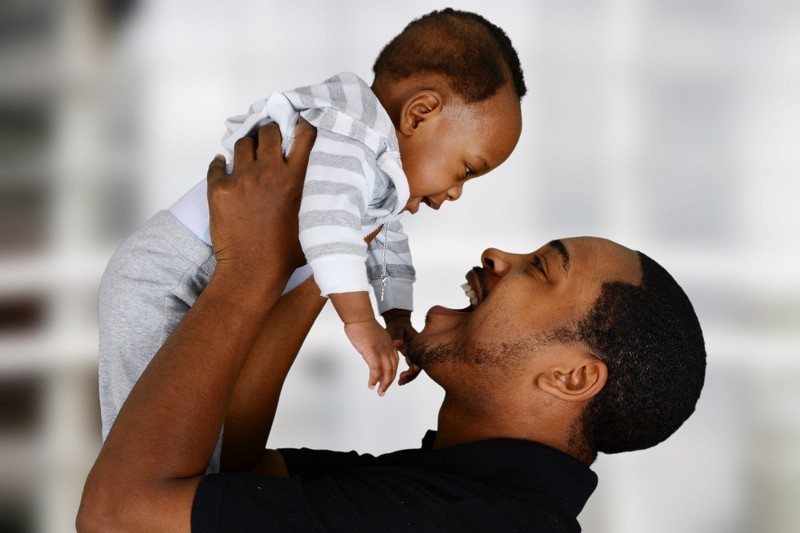Lawrence T. White Ph.D.
Measures of unconscious bias have a limited ability to predict actual behavior.
Scores on direct measures of racial prejudice have declined steadily over the past 60 years, yet racial disparities still exist in the United States. Compared to lighter-skinned persons, darker-skinned persons have less access to quality jobs, housing, education, and health care.
The concept of implicit bias offers an explanation. “Implicit bias” refers to a variety of automatic, nonconscious prejudices in which one group is favored over another group. People can be prejudiced and discriminate against others, even if they aren’t aware of their prejudice.
The most widely-used measure of implicit bias is the Implicit Association Test (IAT), a clever test developed by social psychologists Anthony Greenwald and Mahzarin Banaji in the 1990s.
The premise of the IAT is fairly simple. If two concepts are closely associated or linked in the test-taker’s mind, they should be easier to pair. If you believe, for example, that Whites are better than Blacks, then you should be able to pair White faces with positive adjectives more quickly than you can pair Black faces with positive adjectives. If you do, you’re said to have an implicit bias for White=Good and Black=Bad.
Hundreds of studies have investigated implicit bias in the past 20 years (Banaji & Greenwald, 2016). Some of the findings are surprising, but not in the way you probably expect.
- About two-thirds of Whites show a strong or moderate bias for White=Good. About half of Blacks also show a bias for White=Good.
- An automatic Black=Weapons bias is strong among all groups tested. The association is strongest for Whites and Asians and then Hispanics. Even African Americans show the bias more often than not.
- Eighty percent of Americans—and a majority of older Americans—have a stronger association for Young=Good than for Old=Good.
- About 75% of men associate “male & work” and “female & family” more quickly than the opposite pairings, but 80% of women do the same thing.
There’s an on-going debate among social psychologists about the scientific utility of the IAT and the precise meaning of implicit bias. Part of the debate concerns the psychometric properties of the IAT. Is it a valid measure?
 The test-retest reliability (repeatability) of the Race IAT is only .42, which falls well below the psychometric standard of .80. Your score on the IAT can fluctuate significantly from one testing to the next. Hart Blanton, a psychologist at the University of Connecticut, has noted the ease with which people can decrease their racial bias score “by simply exposing people to pictures of African-Americans enjoying a picnic.”
The test-retest reliability (repeatability) of the Race IAT is only .42, which falls well below the psychometric standard of .80. Your score on the IAT can fluctuate significantly from one testing to the next. Hart Blanton, a psychologist at the University of Connecticut, has noted the ease with which people can decrease their racial bias score “by simply exposing people to pictures of African-Americans enjoying a picnic.”
The validity of IAT scores has also come under scrutiny. In 2013, Frederick Oswald and his research team published a meta-analysis of 46 studies.[1] They found that IAT scores are poor predictors of actual behavior and policy preferences. They also found that IAT scores predicted behaviors and policy preferences no better than scores on simple paper-and-pencil measures of prejudice.
Perhaps the most interesting feature of the debate concerns how to interpret IAT scores. Some social psychologists believe the IAT measures prejudice, while others believe the IAT measures our knowledge of common stereotypes.
Prejudice is a negative attitude toward a group and its individual members. A stereotype, however, is a belief that a certain attribute is characteristic of members of a particular group—a belief, for example, that Catholics are typically opposed to abortion. Stereotypes are acquired effortlessly, and we’re more likely to rely on them when cognitive load is high—that is, when we’re distracted, tired, or in a hurry.
In 2003, social psychologists Michael Olson and Russell Fazio were perhaps the first to argue that the IAT doesn’t measure prejudiced attitudes. They believe the IAT measures common stereotypes that are learned when one is raised within a particular cultural milieu.
Their conclusion was bolstered by the findings of a 2006 study conducted by Eric Uhlmann and his colleagues at Yale University. In their experiment, White college students were conditioned to associate the invented group Noffians with words related to oppression and to associate the invented group Fasites with words related to privilege. They then took a version of the Race IAT with Noffians and Fasites standing in for Blacks and Whites, respectively. The students showed a consistent bias against Noffians, not because they perceived Noffians as bad but because they perceived them as bad off.
Uhlmann’s finding raises the real possibility that people who quickly link White=Good and Black=Bad are not actually prejudiced against Blacks. They don’t believe Blacks are bad people; they believe bad things happen to Blacks. According to Uhlmann, “White Americans’ negative automatic associations with African Americans may partly result from associating members of low status groups with unfair circumstances.”
It’s somewhat ironic that the concept of implicit bias is more visible today than ever before because Tony Greenwald and Mahzarin Banaji, inventors of the IAT, have acknowledged the limited utility of their test. In 2015, they admitted that the psychometric issues with race and ethnicity IATs “render them problematic to use to classify persons as likely to engage in discrimination.”

